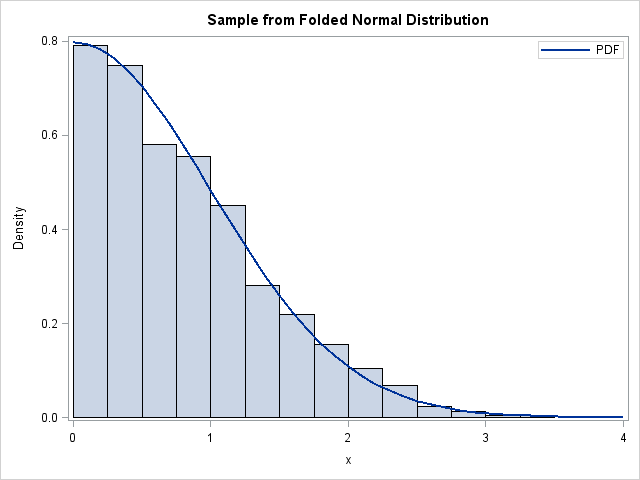The DO Loop
Statistical programming in SAS with an emphasis on SAS/IML programs
A SAS user told me that he computed a vector of values in the SAS/IML language and wanted to use those values on a statement in a SAS procedure. The particular application involved wanting to use the values on the ESTIMATE and CONTRAST statements in a SAS regression procedure, but

The power of a statistical test measures the test's ability to detect a specific alternate hypothesis. For example, educational researchers might want to compare the mean scores of boys and girls on a standardized test. They plan to use the well-known two-sample t test. The null hypothesis is that the

For programmers who are learning the SAS/IML language, it is sometimes confusing that there are two kinds of multiplication operators, whereas in the SAS DATA step there is only scalar multiplication. This article describes the multiplication operators in the SAS/IML language and how to use them to perform common tasks

The TV show Cheers was set in a bar "where everybody knows your name." Global knowledge of a name is appealing for a neighborhood pub, but not for a programming language. Most programming languages enable you to define functions that have local variables: variables whose names are known only inside

I've previously described how to overlay two or more density curves on a single plot. I've also written about how to use PROC SGPLOT to overlay custom curves on a graph. This article describes how to overlay a density curve on a histogram. For common distributions, you can overlay a

ODS statements are global SAS statements. As such, you can put them anywhere in your SAS program. For maximum readability, many SAS programmers agree that most ODS statements should appear outside procedures in "open" SAS code. For example, most programmers agree that the following statements should appear outside of procedures:
